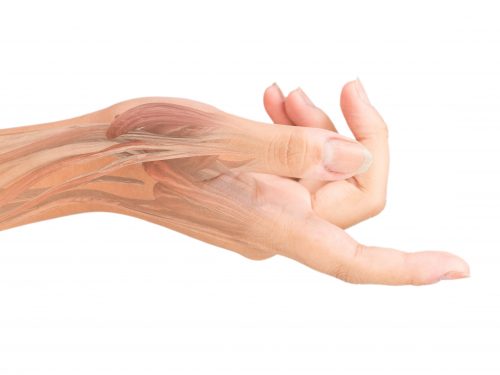Tendon repair and reconstruction
With so many bones, ligaments, tendons, and joints keeping hands and wrists working, there is ample opportunity for injury. In fact, the hand is one of the most commonly injured parts of the body. With a wealth of international experience in hand trauma surgery Dr Mackenzie can offer the latest techniques in nerve repair and reconstruction, tendon repair and reconstruction and neuroma management.
A deep cut on the fingers, hand, wrist, or forearm can damage the flexor or extensor tendons, which are the tissues that help control movement in the hand. Occasionally, the tendon is detached from the bone by a violent pulling injury to the finger. A flexor or extensor tendon injury can make it impossible to bend or straighten your fingers or thumb. Surgical repair is necessary.

Tendon repair and reconstruction SURGERY – facts
| Length of surgery | 1-3 hours, depending on the extent of injury |
| Anaesthesia | General or regional anaesthetic |
| Hospital stay | Day case |
| Risks/complications of surgery | Frequent: Swelling, stiffness, discomfort on movement Infrequent: Infection, bleeding (haematoma), delayed wound healing, painful scar, damage to the nerve, recurrence, repair failure, adhesions, complex regional pain syndrome |
| Recovery | 6 to 8 weeks resume light activities, such as using a keyboard or writing with a pen |
| Driving | 8-10 weeks |
| Hand position | Elevation above the heart level |
| Follow up | 1 week, 6 weeks, 3 months, 6 months |
| Duration of results | Permanent unless failure |
DOWNLOAD FURTHER INFORMATION
Tendon Surgery
Any hand surgery procedure is a personal choice and understandably there are a number of questions that arise. This information sheet is a general guide for patients considering tendon surgery under the care of Dr Mackenzie. It should provide the answers to some questions that you may have.
What is a tendon?
Tendons are tough cords that connect muscles to bone. When muscles contract, tendons pull on bones. This causes parts of the body (such as a finger) to move. The tendons on the top of the hand straighten the fingers and thumb. These are known as extensor tendons. The tendons on the palm side bend the fingers. These are known as the flexor tendons.
What happens when a tendon is injured?
A torn or cut tendon in the forearm, at the wrist, in the palm, or along the finger will make it impossible move one or more joints in a finger. If your extensor tendons are damaged, you’ll be unable to straighten one or more fingers. If your flexor tendons are damaged, you’ll be unable to bend one or more fingers. Occasionally, flexor tendons may be partially cut or torn. With a partial tendon tear, it may still be possible to bend your finger, but not completely. These types of tears can be difficult to diagnose.
How is the tendon injury diagnosed?
Dr Mackenzie will test the tendons to ascertain their integrity and decide if a repair is needed. X-rays may be taken if the injury was caused by glass or if damage to a joint is suspected. Occasionally, ultrasound or MR scans are needed to give more information about the tendon.